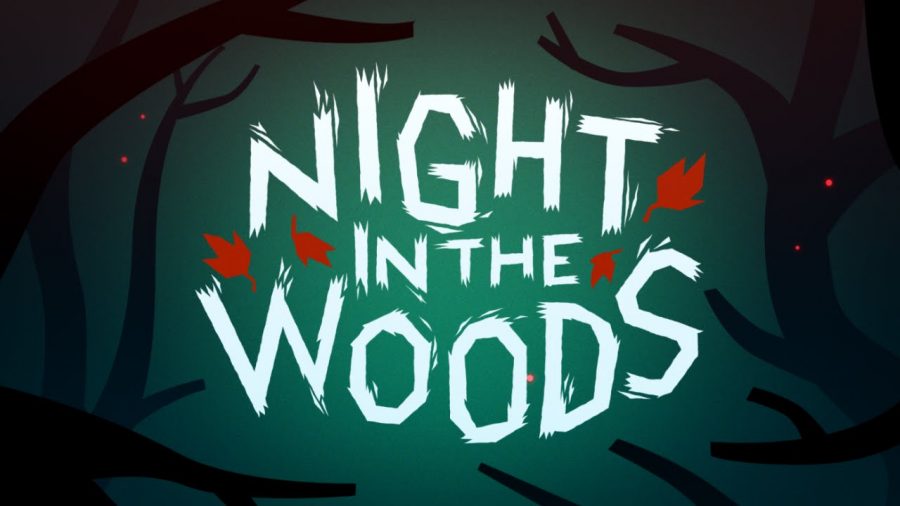By Jack O’Dwyer
Staff Writer

The African Wild Dog (AWD), or Lycaon pictus, is a small canid carnivore found in sub-Saharan Africa. Currently, it’s classified as endangered, with only 1,400 dogs considered to be fully grown out of a 6,600 population of adults. This is due to the extensive habitat loss in areas where it is found, as well as human persecution. Nearby farmers often hunt the dogs, since they have a penchant for eating livestock and domestic animals.
These canines can grow to weigh 44-55 lbs and stand as tall as 30 inches at the shoulder. They have broader skulls with shorter muzzles than other species in their family and completely lack dewclaws. Their fur is a myriad of colors and patterns, mostly made of tans, browns, and whites, with long tails and large, cupped ears. This earned them the nickname “painted wolf” from which their scientific name is derived.
AWDs are among the most social animals on the savannah. They form strong bonds with packmates, so it’s rare to find a single dog wandering around on its own.
The most common pack size is nine individuals, however, packs of twenty or more have been recorded. Before hunting, they have been noted to “rally” together. Researchers have noticed a certain type of vocal cue, dubbed a “sneeze,” as a decision-making or voting tool.
Their diet is exclusively carnivorous, with their favorite prey being medium-sized antelopes such as the impala and springbok. They also eat smaller rodents and birds, and larger mammals such as wildebeest. When running, African Wild Dogs can reach speeds of up to 41 mph and sustain it for up to 10 minutes.
A single individual can eat up to 13 lbs of meat per day. Unlike other canids, AWDs are known to regurgitate their food for younger members. Pups get priority during meal times – even over the dominant pair.
Their mating season is usually between April and July. Litters are commonly anywhere between six to 16 pups – the largest size of any canid. Pups stay in an underground den, usually previously used by porcupines or warthogs, until they are three to four weeks old and can eat solid food. They are completely weaned at five weeks, grow into their adult fur patterns at seven weeks, and officially abandon the den at 10 weeks.
Unfortunately, due to the small population, inbreeding is a serious threat. It is predicted that there will be no unrelated populations in under 100 years.
You can help save African Wild Dogs by donating to conservation programs like the World Wildlife Fund and educating others about their struggle.




















